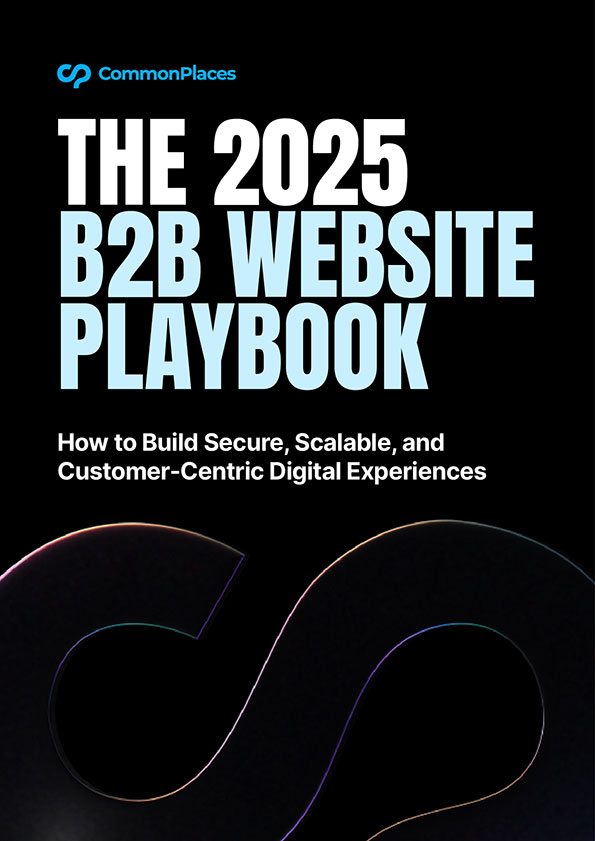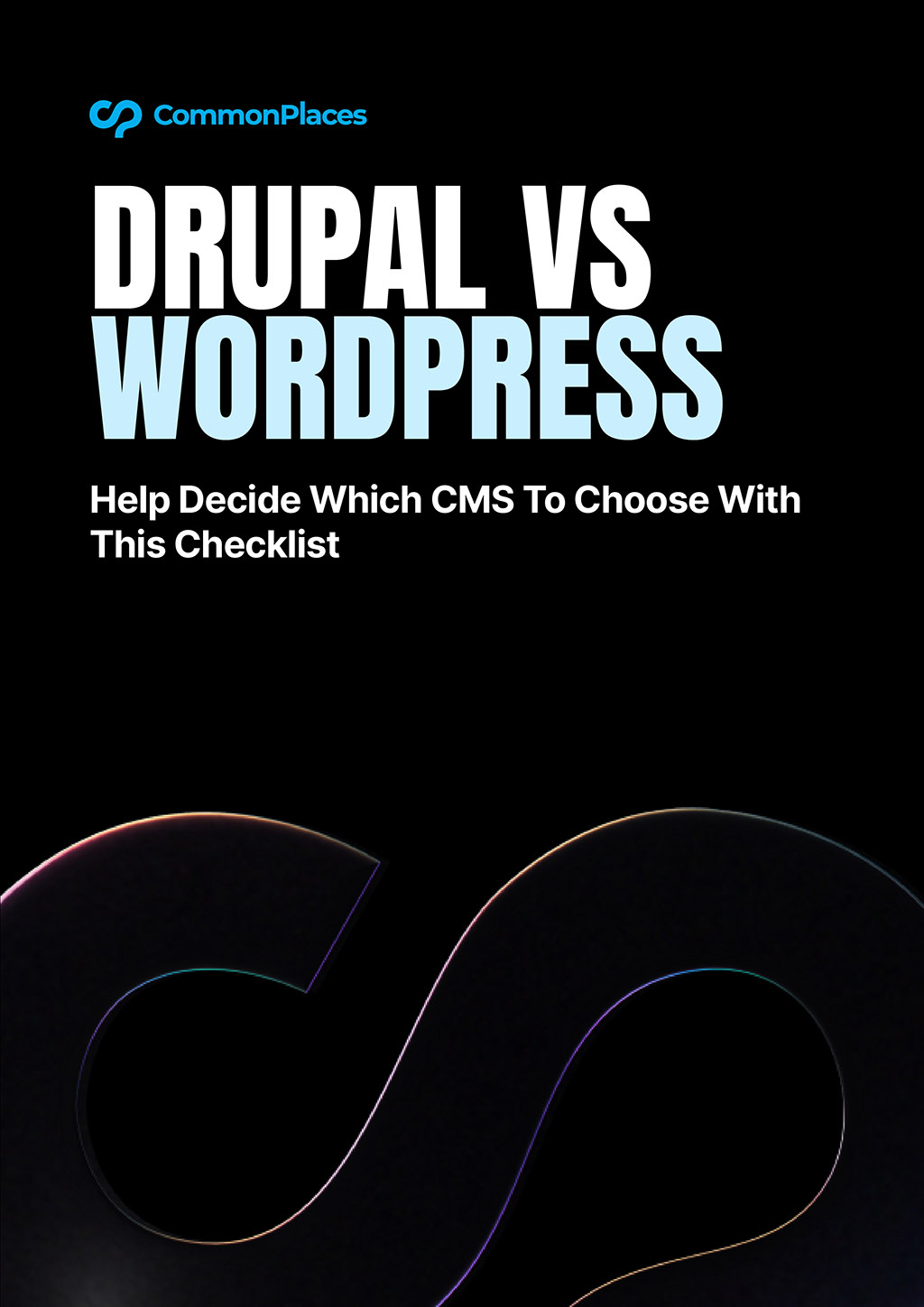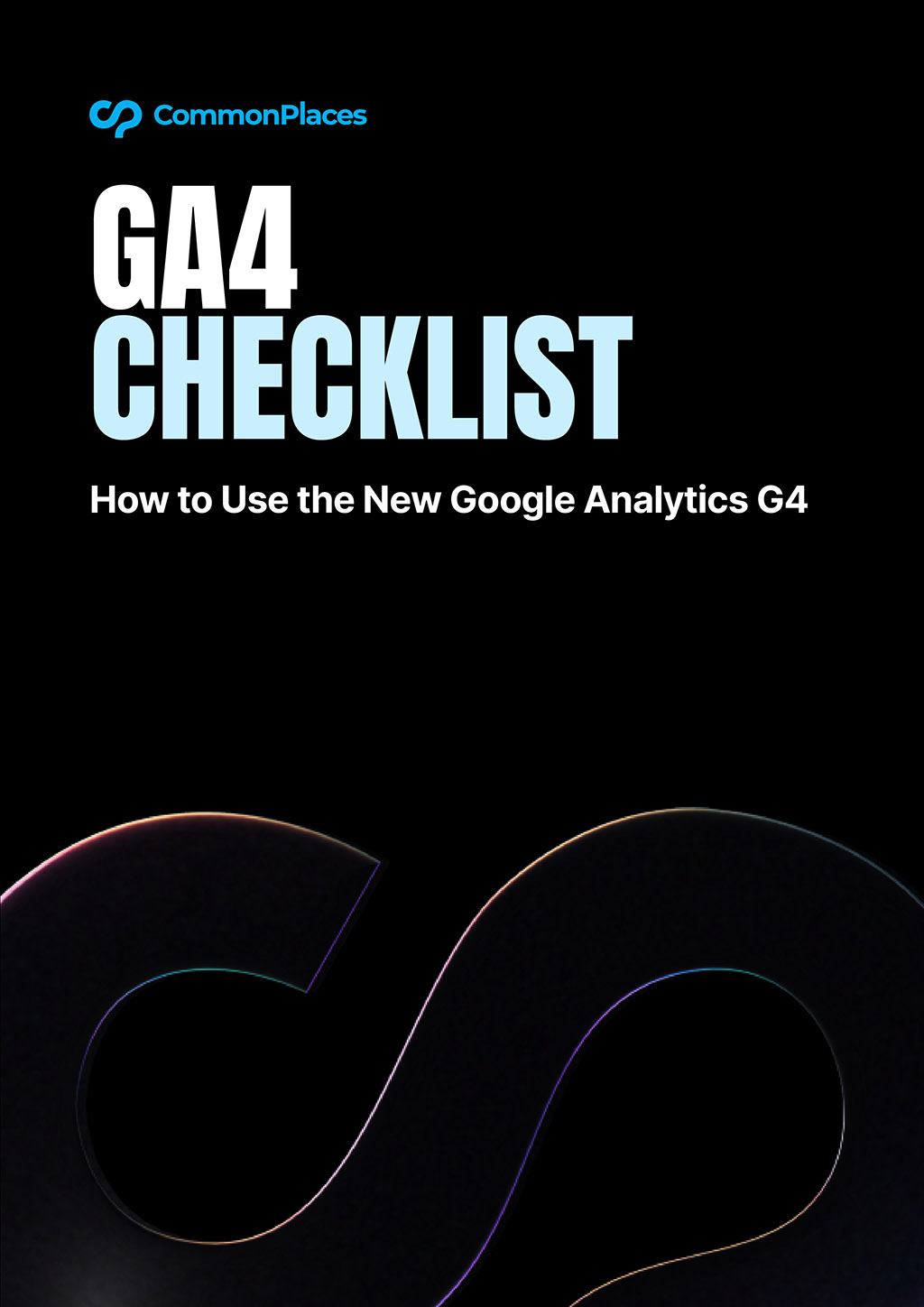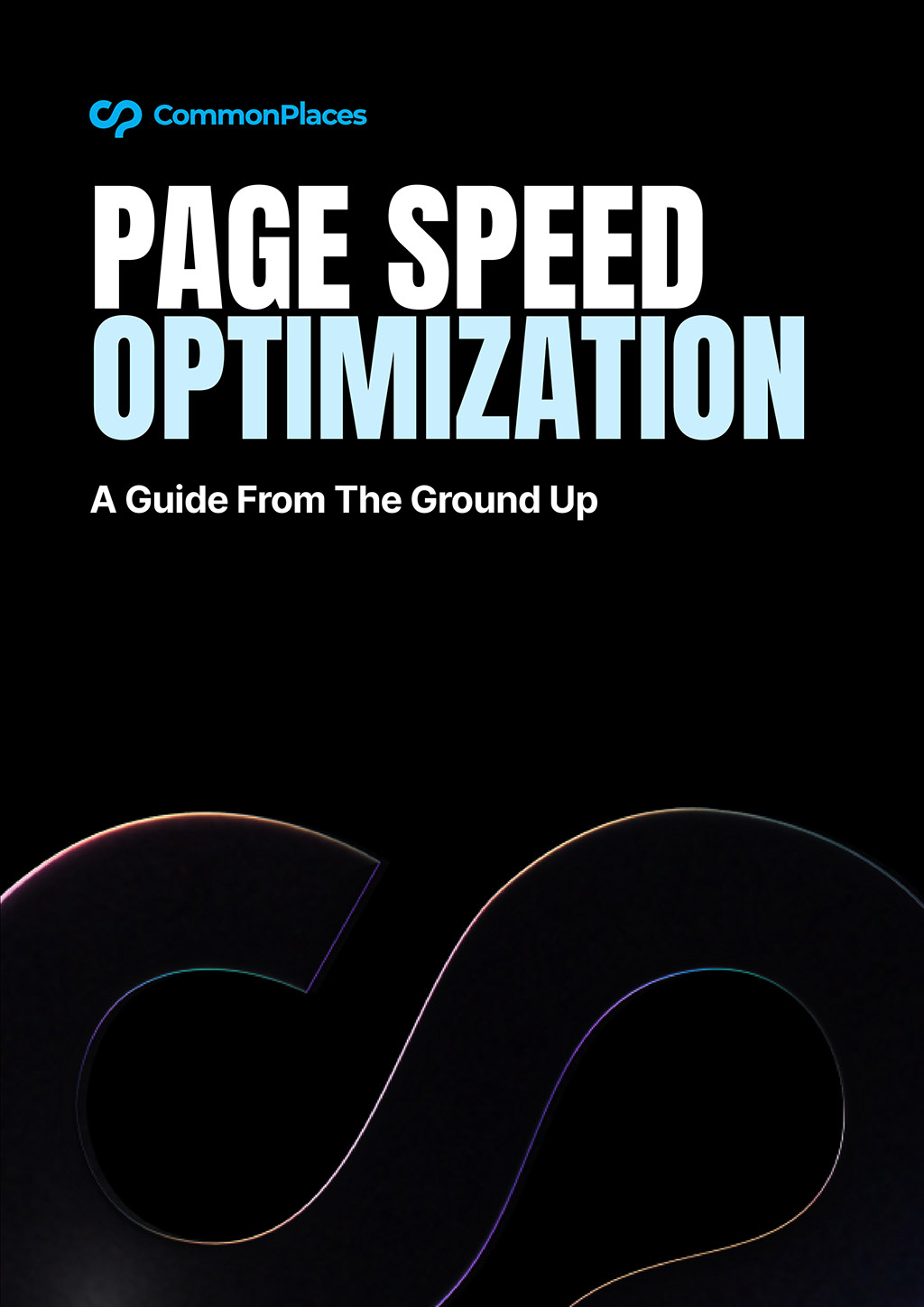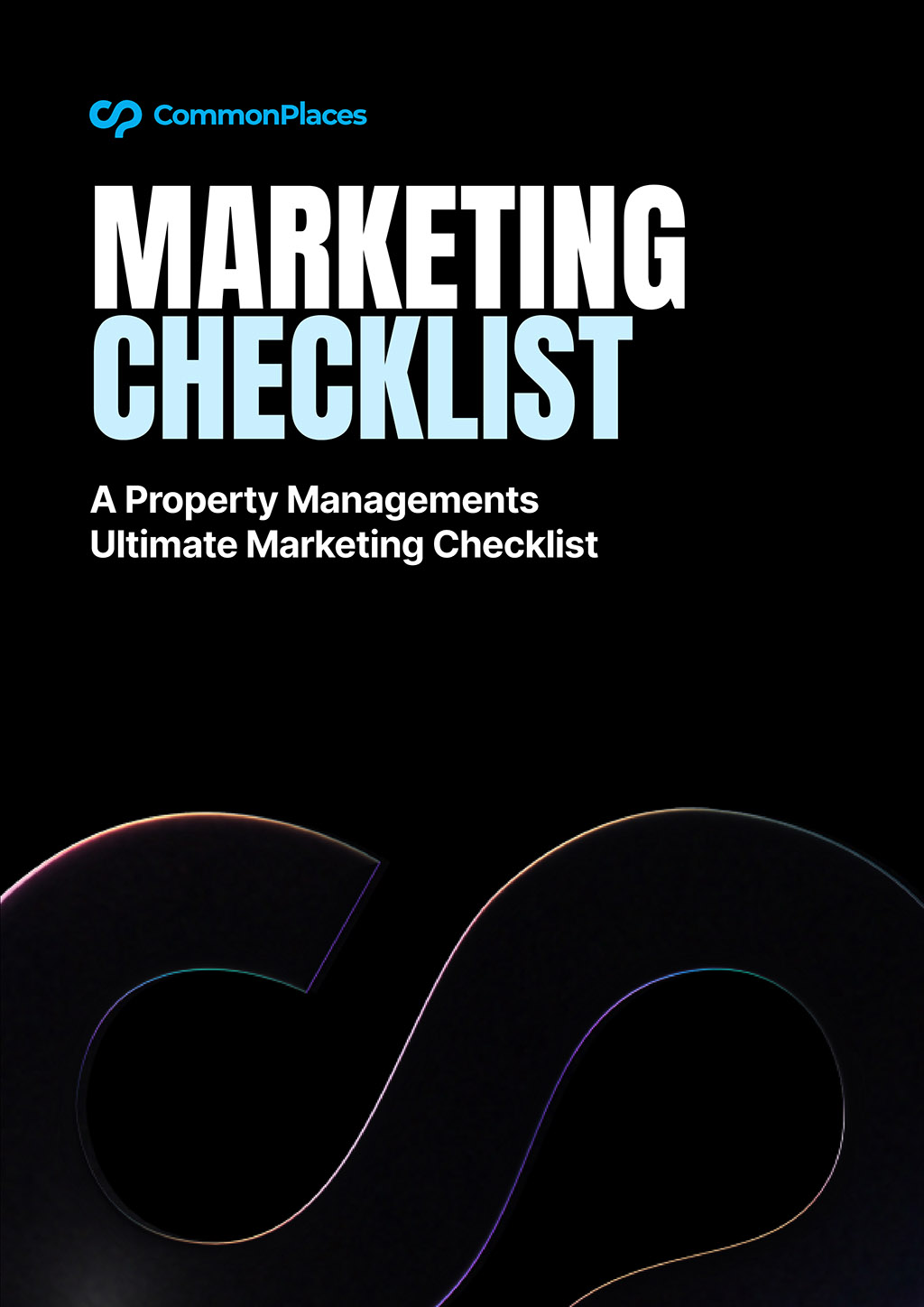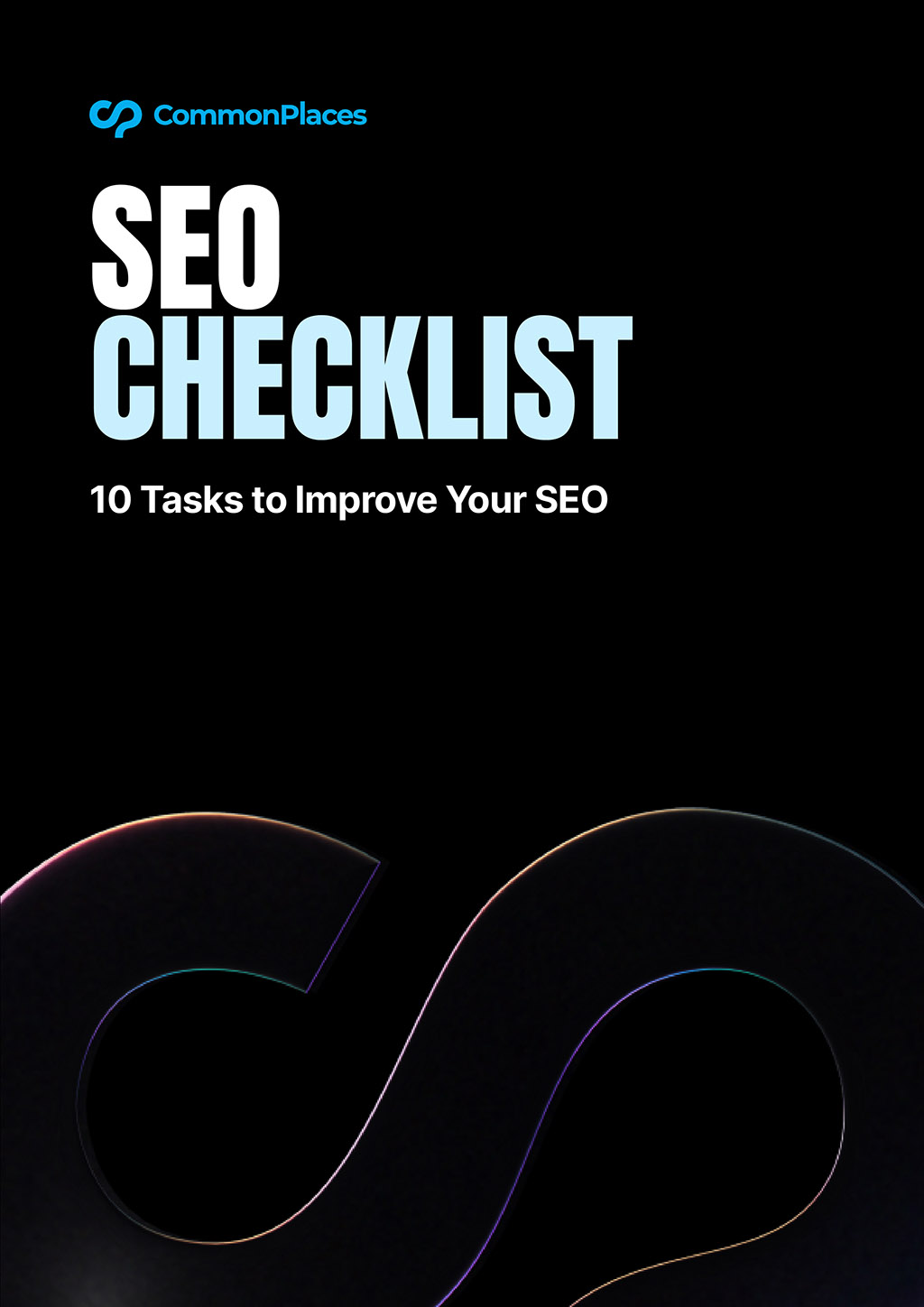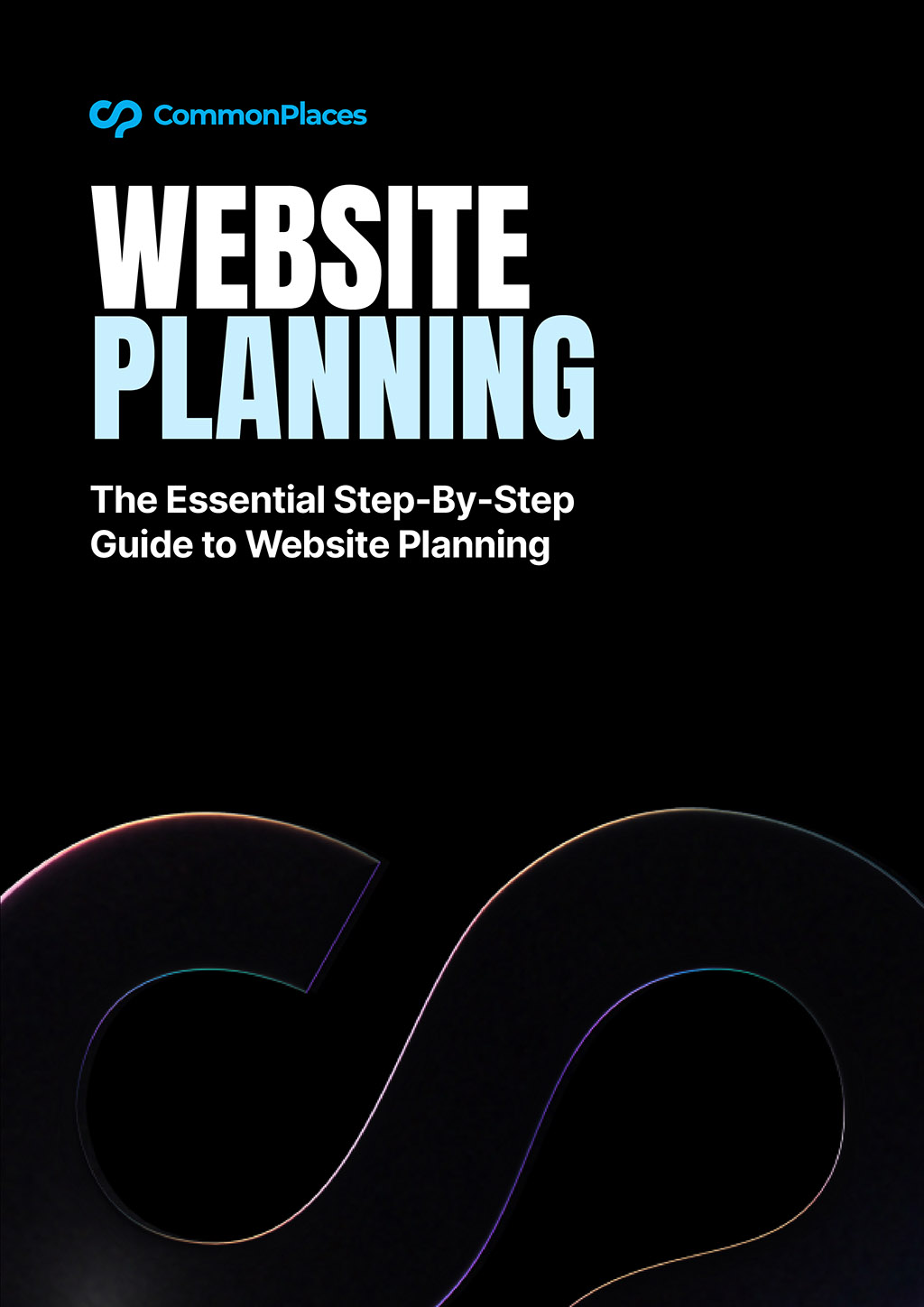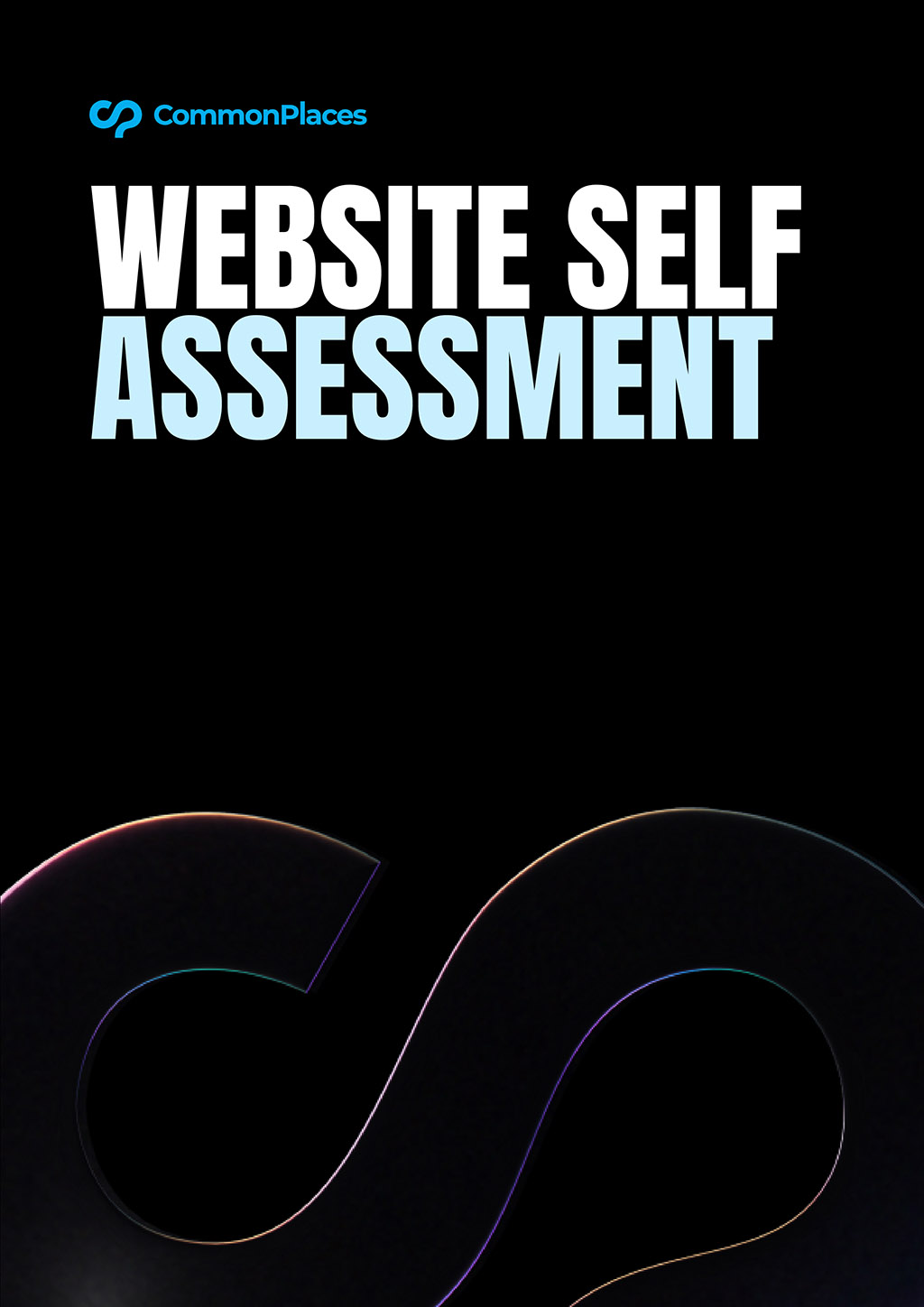
2026 B2B Content Marketing Trends
What Mid-Market Leaders Need to Do Right Now Over the past year, my team and I have been doing something that’s become surprisingly rare in digital business: meeting face-to-face with our clients. Whether it's healthcare technology, B2B manufacturing, nonprofits, or...

The Cost of Not Doing Anything
Why B2B and Nonprofits Should Invest in Their Websites and Portals In today’s digital first world, a website or customer portal isn’t just a “nice to have” , it’s the foundation of your organization’s success. Yet, many B2B companies and nonprofits fall into the trap...

A Guide To The Difference Between GEO, AIO and SEO
For years, we built websites to earn authority with search engines. Recent research outlines how AI summaries replacing traditional search results and are having a tremendous negative effect on website traffic. Since SEO is no longer driving customers to your site,...

Building a Strong Digital Foundation: Strategies for Construction
The construction industry is built on strong foundations, precision, and planning. But when it comes to attracting new clients, managing reputation, and standing out from competitors, your digital presence is just as important as your work in the field. Today’s...

How B2B Businesses Should Use AI to Drive Growth
Artificial Intelligence (AI) is no longer a futuristic concept, it’s a competitive imperative. For B2B companies, AI isn’t just about automating tasks or crunching data; it’s about unlocking smarter decision-making, enhancing customer experiences, and scaling...

What the Google June 2025 Core Update Means for Your Website
Google’s latest algorithm shift, the June 2025 Core Update, officially began rolling out on June 30, and website owners and marketers are already seeing early signs of impact. But before making any knee-jerk changes, here’s what you need to know. The June 2025 Core...
